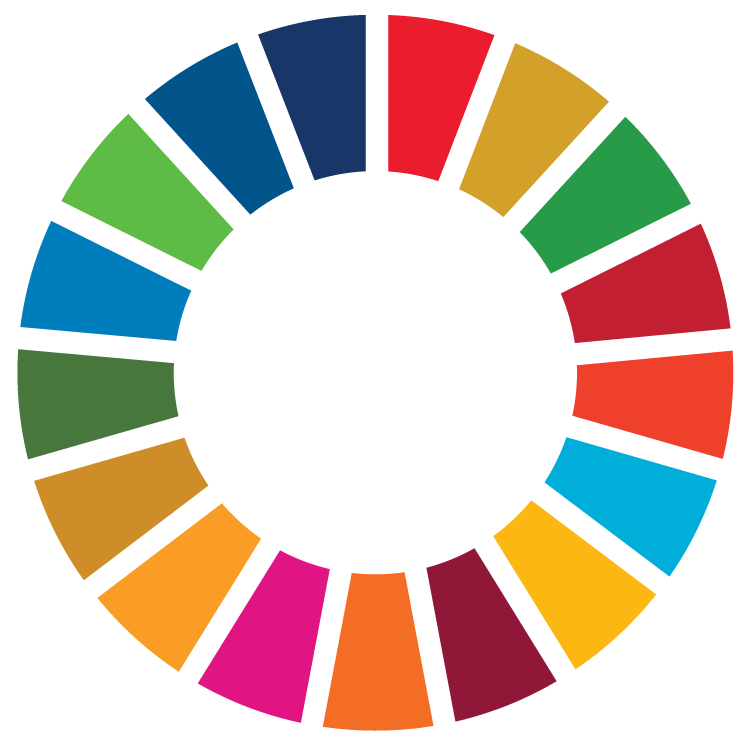This indicator estimates the average time in years that a person (at a given age) could expect to live in good health (that is, taking into account fatal health outcomes caused by premature mortality and non-fatal health outcomes caused by disability). It serves as a summary measure of population health.
Projected trends in health-adjusted life expectancy are based on estimates made from the Global Burden of Disease Study (GBD) 2019; no new iterations since the 2022 report have yet been made available. Based on these projections (and underlying GBD 2019 assumptions), the Region of the Americas is on track to achieve the 2025 target for health-adjusted life expectancy (HALE) of 66.44 years, maintaining an average increase in HALE of 0.17 years per calendar year.
The coronavirus disease 2019 (COVID-19) pandemic will likely have had a significant and unequally distributed impact on the magnitude and trends of life expectancy and health-adjusted life expectancy. Although this indicator has been rated as “In progress” based on currently-available information, HALE may be lower than expected for this reason.
Recommendations:
- Continue to assess this indicator as additional information becomes available, analyzing the effect of the pandemic and other factors that may affect its performance.
- Engage in continued action across the range of complex factors that influence health-adjusted life expectancy.
